|
People like Francis Scott Key and Barbara Fritchie have monuments that seemingly fit their legacy in size and stature. Everyone is familiar with the author of our national anthem’s monument at the entrance of our 120 acre-burying ground. It was unveiled to great fanfare back in August, 1898 after nearly three decades of fundraising. As for Dame Fritchie’s grave, it is a little more modest than FSK’s, but fitting compared to the original design and scope proposed back in 1912. A postcard was published showing a rendition of what the Barbara Fritchie Monument Foundation was actually hoping to do. This behemoth was to be located at the intersection of N. Market and 7th streets but would never come to fruition thanks to pushback regarding the true validity of our most famous Frederick tale. Months ago, I wrote of Frederick’s First Citizen, Joseph D. Baker (1854-1938), businessman and philanthropist extraordinaire—namesake of our glorious municipal park. He has a large monument mirroring his achievements. In the same ilk, a sizeable memorial arose for Col. Charles Edward Trail (1825-1909), a politician and businessman whose final resting place is as grandiose as his former E. Church Street abode (used today for Keeney & Basford Funeral Home). Another “giant from our past,” and “memorial giant of our cemetery” comes with James C. Clarke (1824-1902), a former railroad executive. His grand obelisk is positioned to the left of our Key Memorial Chapel’s front entrance on its own island so to speak. Of course we have two thoroughfares named for these men in the forms of Trail Avenue and Clarke Place. On the flipside, I’ve written past stories about amazing people with very unassuming, or plain and underwhelming, gravestones. These include people that truly did amazing things and led highly interesting lives such as fashion designer Claire McCardell, actor Robert Downing, Gen. Allan C. McBride, Maryland Court of Appeals judge and history author Edward S. Delaplaine II and Simon Blunt—son-in-law of Francis Scott Key. Well, I decided to tackle one of the most visible and memorable monuments in the cemetery in my opinion. I cannot un-see this angel-topped marker every time I drive the cemetery lane that parallels our eastern perimeter of the cemetery along Stadium Drive. About midway down, in Area OO, is the grave of Harold McClellan Phebus. I think that after reading this short piece, you may agree with me that this humble, yet exquisite memorial “shines,” even though its owner didn’t have opportunity to accomplish anything. There’s not much of a story to tell about this particular decedent with a distinctively Frederick name. Harold’s life was cut far too short as he only spent time on this earth for one year, six months and 23 days. Born February 1st, 1904, Harold McClellan Phebus was the son of Elmer McClellan Phebus (1862-1929) and wife Margaret “Maggie” Viola Kline. Our subject’s middle name was the same as that of his father, originally so-named after the United States general of the Union’s Army of the Potomac—George B. McClellan. Mr. Phebus earned the name honestly as his father had also been named after a patriotic, historical figure—Benjamin Franklin Phebus. In the 1870 census, Elmer is referred to by his middle name. As for the last name, it goes back to ancient mythology and has a few spellings. The name Phebus, or Phoebus, is a boy's name of Greek origin meaning "shining, brilliant.” It was apparently one of the names of the sun god Apollo, however it is more commonly known in its feminine form— Phoebe. Phebus Family Looking at the name going back in Frederick history, I found that our first in town derive from immigrant Johannes Jacobus Fibus (1767–1823) hailing from Manheim, Erftkreis, Nordrhein-Westfalen, Germany. From what I could tell, Jacob Fibus came to this country in the 1790s and became a naturalized US citizen on March 26th, 1804. He and wife, Annan were of the Evangelical Lutheran faith and raised at least three children including son Peter Fibus (1793-1839), great grandfather of Harold McClellan Phebus and father of Benjamin Franklin Phebus. Along the way, the spelling would change from “F” to “Ph”and in some instances the name would pick up an “o” as in Phoebus. I still see this spelling with Frederick County residents today. It's easy to surmise that the family, or a family member lived in the vicinity of current day Phebus Avenue located west of S. Bentz Street between W. Patrick and W. South streets. The entrance is across from Mullinix Park, just north of W. All Saints Street. I found Benjamin Franklin's son George T. Phebus living on W. South, and son Benjamin Ellsworth Phebus living on W. Patrick St in the early 1900s. This latter brother of Elmer McClellan Phebus even owned property along Phebus Avenue so he may be the cause for the name. However, Elmer, himself, may also be the namesake, but more on that in a moment. The name Phebus Avenue came about around 1914 or so. Before this, the thoroughfare here was known as Cat Alley and was in the midst of a slum-ridden area. It seems to have originally been an extension of DeGrange Street (which was earlier known as Derr's Alley). I read that the municipality had built a boardwalk over the muddy lane before eventually macadamizing around the time of the name change to Phebus Avenue. Elmer McClellan Phebus was a third-generation bricklayer and mason and performed work in the private, commercial and government sector here in Frederick. He would marry Maggie Kline in 1896. The Phebus family resided at 418 N. Market Street at the time of young Harold’s death. Other siblings included: Roger Elmer Phebus (1898-1979) and Walter Henry Phebus, Sr. (1901-1958). As for Harold’s death, he would pass on August 24th, 1905 and his obituary appeared in the August 25th edition of the Frederick News. He would be buried that same day of the 25th. Our cemetery interment card gives his cause of death as meningitis, an inflammation of brain and spinal cord membranes, typically caused by a viral infection, but can also be bacterial or fungal. As said earlier, the monument appears to stand taller than it really is. Other family members would receive low profile stones in the future with the only exception being a lone upright stone with the family name. Harold’s mother would die twenty years later in November, 1925. Interestingly, Margaret’s grandson, Walter McClellan Phebus, Jr. had died four months previously of enteritis and was laid to rest in the Phebus family lot. He was the son of Walter and Helen Phebus and was only eight months and 21 days at the time. A third child, albeit an infant would be buried here in this plot in August, 1933, another child of Walter Phebus. This was Margaret Irene Phebus, only 15 days old and named for his departed mother. In 1929, Harold’s father’s death made front page news. Elmer had become a public servant, and held the position of city alderman of Frederick for multiple terms. He appears to have been quite respected as both a politician and businessman. Elmer died on January 7th, 1929 and would be buried two days later. I quickly became intrigued with Elmer's, or should I say McClellan's, political career as he was less than angelic, as he was quite outspoken. One could say he was brash and cocky. The Democrat ran unsuccessfully for city mayor in 1914. He would win re-election again in 1917 and 1922. Alderman Phebus was on the Street Committee of the Board of Alderman. This also got me thinking that this could have led to the alderman getting a city street named after him. I'm not positive, but the name switched from Cat Alley to Phebus Avenue while Elmer was in office. Lastly, I found Elmer to be a leading member of the Independent Hose Fire Company in town. At the time of Mr. Phebus' death, his fellow firemen put the following eulogy in the local paper: It’s interesting to think that Elmer’s well-attended funeral had friends, family, business and professional colleagues, fellow civil servants, brother firemen and former clients in attendance. This large assembly huddled around Harold’s angelic monument on that day. I checked the weather and found it to be a chilly January day with light rain that eventually changed to snow flurries. No matter the case, the lasting memorial to a 1.5 year-old toddler shone brightly that afternoon for sure, just as it had done when originally placed in 1905 for Harold's funeral, and just like it continues to do today, 117 years after his death.
1 Comment
Bill Lebherz
1/24/2022 01:39:23 pm
Another excellent and informative article Chris. But I'm confused by your reference to Col Charles Trail's grandiose home, now used as a funeral home, being on E. Patrick St. Unless it was moved and rebuilt on E. Church, I have always thought that the Trail mansion was always on E. Church St.
Reply
Leave a Reply. |
STORIES
|
Archives
July 2024
June 2024
May 2024
April 2024
March 2024
February 2024
January 2024
December 2023
November 2023
September 2023
August 2023
July 2023
June 2023
May 2023
April 2023
March 2023
February 2023
January 2023
December 2022
November 2022
October 2022
September 2022
August 2022
July 2022
June 2022
May 2022
April 2022
March 2022
February 2022
January 2022
December 2021
November 2021
October 2021
September 2021
August 2021
July 2021
June 2021
May 2021
April 2021
March 2021
February 2021
January 2021
December 2020
November 2020
October 2020
September 2020
August 2020
July 2020
June 2020
May 2020
April 2020
March 2020
February 2020
January 2020
December 2019
November 2019
October 2019
September 2019
August 2019
July 2019
June 2019
May 2019
April 2019
March 2019
February 2019
January 2019
December 2018
November 2018
October 2018
September 2018
August 2018
July 2018
June 2018
May 2018
April 2018
March 2018
February 2018
January 2018
December 2017
November 2017
October 2017
September 2017
August 2017
July 2017
June 2017
May 2017
April 2017
March 2017
February 2017
January 2017
December 2016
November 2016













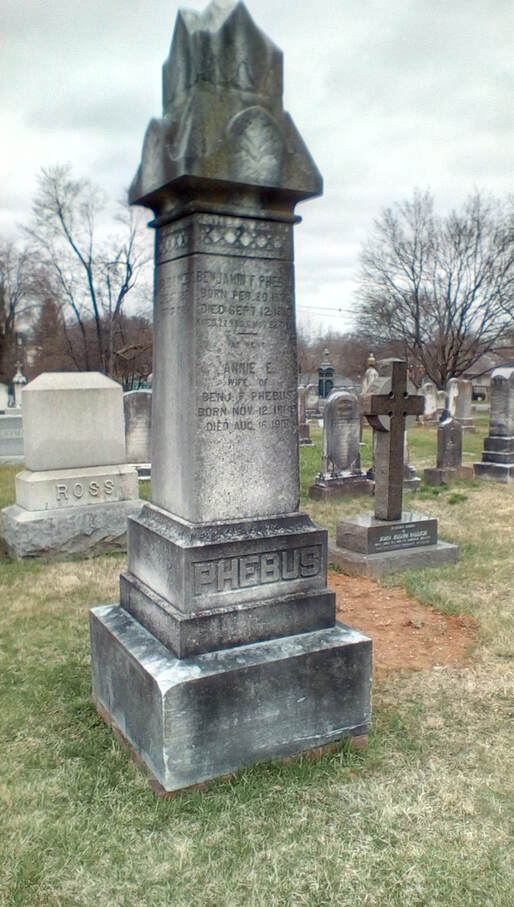




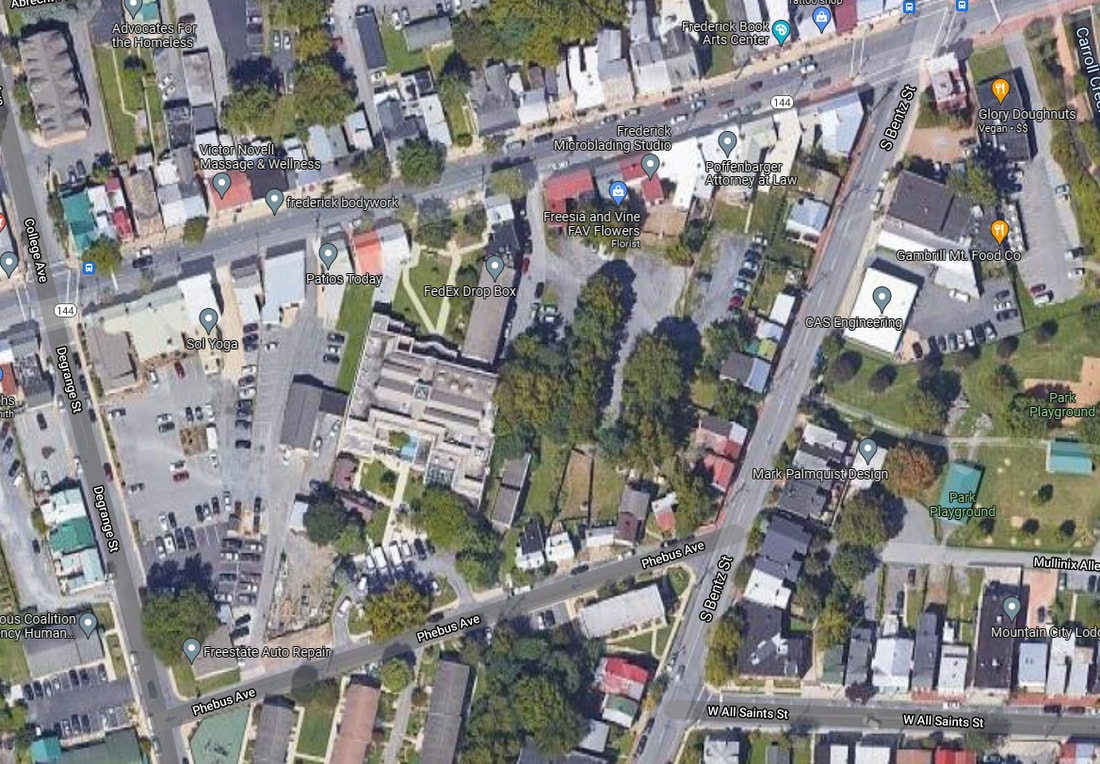






















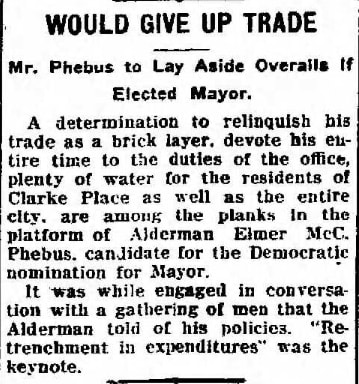
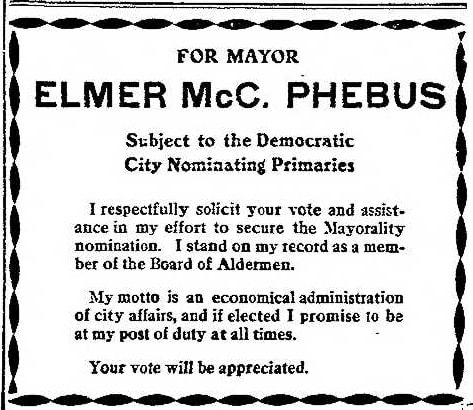
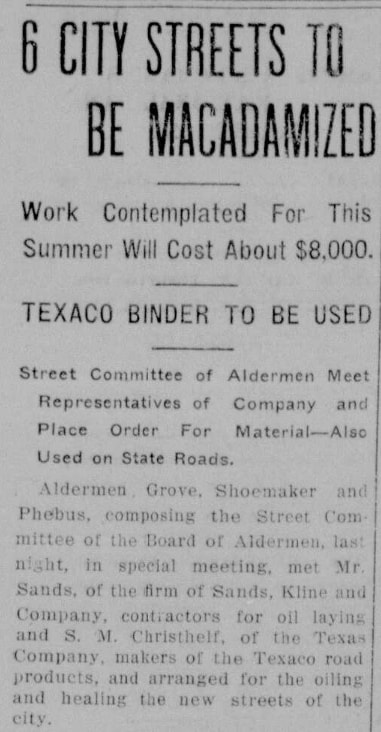
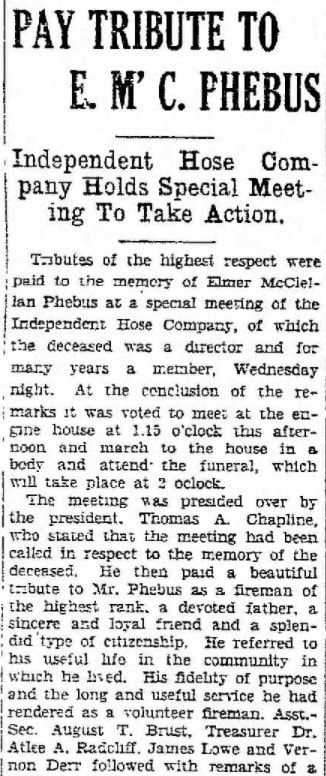
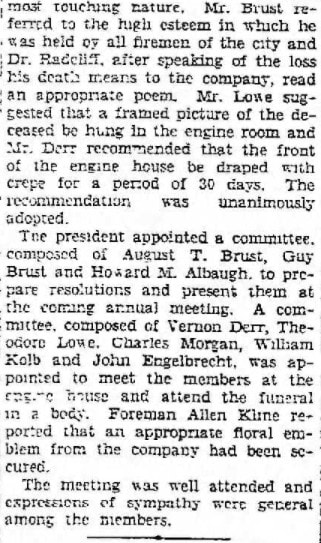

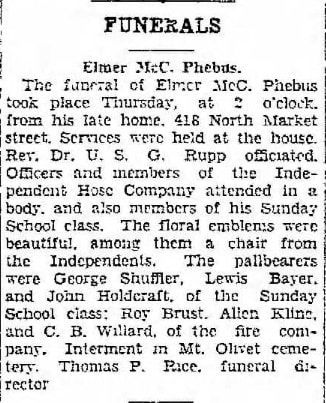


 RSS Feed
RSS Feed